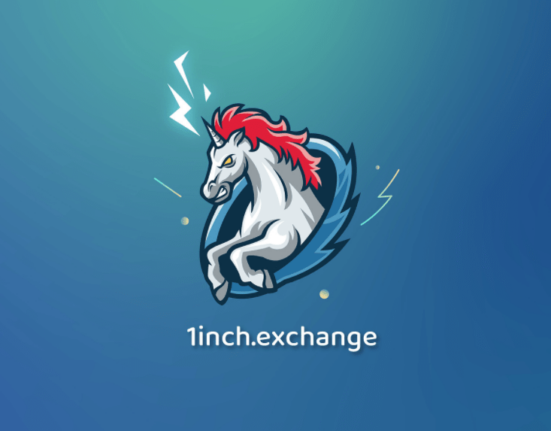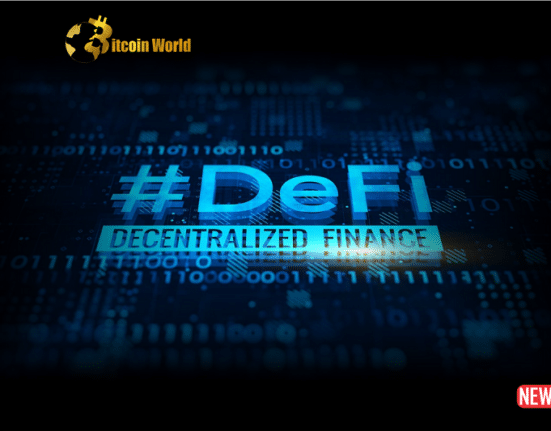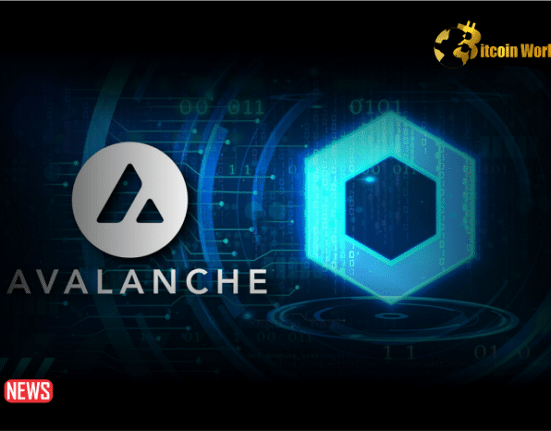One of the main uses the cryptocurrency advocates have been pushing for is that crypto is a great avenue for payments.
And indeed, the creation of Bitcoin and cryptocurrency did start from a desire to create a decentralized, peer-to-peer payment system.
Unfortunately, while there have been great strides taken over the past few years to make cryptocurrency an acceptable means of payment to more consumers and businesses, cryptocurrency still has a ways to go in terms of adoption, since it is far from universally accepted.
This week, at the World Blockchain Summit, executives from some of the world’s leading crypto companies were invited to share their thoughts on the future of cryptocurrency payments.
Panelists included George Wong, Head of Singapore at Sandbox, Chin Tah Ang, General Manager for Singapore at Crypto.com, Ankur Grover, CEO of Zoksh, and Cris D Tran, Executive Advisor for Uniultra Foundation.
Why payments?
Cryptocurrency offers several main advantages over fiat currency when it comes to payments.
The first, according to Ankur, is that the Web3 world does not rely on intermediaries to verify, approve, and carry out transactions. Because cryptocurrency functions as a peer-to-peer system, users have real custody and control over their money.
Chin Tah concurred with this point, saying that the peer-to-peer nature of cryptocurrencies can offer lower transaction costs for consumers and merchants. He also added that there are jurisdictions where it may be difficult for consumers or businesses to obtain fiat currencies, and crypto can actually help these groups of people by giving them another form of money with which to carry out daily transactions.
“Crypto.com’s first product was a crypto credit card- we partnered with Visa to create it, and allow customers to spend crypto. This way, customers are able to get real utility from their cryptocurrency, instead of just letting it sit in their wallets. Especially in jurisdictions where it is difficult to use fiat currencies or get fiat currency, crypto can really fill the gap.”
Ankur also pointed out that the infrastructure for payments in traditional finance would allow for companies to get access to their payments in a matter of days, while cryptocurrency payments can allow businesses to access their payments in a matter of seconds.
“For any business, settlement time is important. In Web2, the quickest that you are going to get your money is T+2 days. In Web3, that timing can be reduced to as little as 400ms on a blockchain like Solana. For a business, moving to Web3 can be a good choice because there is no delay between providing your service and receiving your funds.
Cross-border trade also becomes much easier because we no longer have to wait for different banks to communicate with one another. A wallet from Switzerland, for example, can make a payment to a wallet in Singapore in seconds. It’s far more complicated in Web2.”
What does the future hold?
That being said, the question remains- if crypto is so great for the payments space, why is adoption slow, and what can be done to improve it?
For a start, consumers may not always want to hold cryptocurrency, as George points out.
“Everyone wants to talk about crypto and blockchain, but at the end of the day, consumers still want to get fiat currency. Not everyone wants to deal with the volatility of cryptocurrencies, and many are still more comfortable holding something more stable, like fiat currencies.”
George also criticized the way that NFT payments have been developing and argued that much of the attention around NFT payments has been steering them away from their true purpose.
“NFT markets are very degen, and this needs to change. People are buying based on emotion rather than utility. The real game-changer for blockchain has always been that it is part of an immutable ledger and that it would give NFT holders value, rather than locking the value in the NFT itself.”
In addition, George also suggested that the Web3 world, in general, needs more content because content is what attracts people to the space.
“We can talk about Web3 tech, but people don’t come here for tech, they come here for content. Digital IDs, avatars, and NFTs are all examples of content. The more quality content there is, and the more consumer friendly it is, the more people will come to the space. If there is nothing to buy, there will be no reason to transact.















